Online Class: Developing Technical Writing Skills
Transform your potential with 'Developing Technical Writing Skills,' an innovative course that blends art and technology to enhance your communication prowess. Become a global communicator capable of crafting engaging documents that transcend boundaries and deepen understanding.

Self-Paced, Online Class
King Township Public Library
-
15Lessons
-
22Exams &
Assignments -
3Hours
average time -
0.3CEUs
Course Description
Developing Technical Writing Skills
Areas of Study
- Business
- Business Ethics Courses
- Harassment Prevention Courses
- Human Resources Certifications
- Management
- Aromatherapy Courses
- Caregiver Courses
- Career Development Courses
- Communications Courses
- Confidence and Self Esteem Courses
- Healing
- Human Anatomy Courses
- Medical Skills
- Health & Medicine
- Nutrition
- Marketing
- Microsoft Office Certification Courses
- Life Coaching Courses
- Self-Improvement
- Small Business Certifications
- Safety
- Writing Improvement
- Business Writing Courses
Course Lessons
Lesson 1. Illuminating Complexity: The Core Skills for Effective Technical Writing
Bridging the gap between technical and non-technical audiences, technical writing adapts its style to suit multiple stakeholders, enhancing clarity and understanding. By crafting documents that cater to both novices and experts, writers ensure broad accessibility without sacrificing technical depth.
18 Total Points
 Review Practice Worksheet: Lesson-1-Downloadable-13890.pdf
Review Practice Worksheet: Lesson-1-Downloadable-13890.pdf Lesson discussions: Reasons for Taking this Course
Lesson discussions: Reasons for Taking this Course Complete: Lesson 1 Activity
Complete: Lesson 1 Activity Assessment: Lesson 1 Review Exam
Assessment: Lesson 1 Review Exam
Lesson 2. Technical Writing: Precision behind Progress
Technical writing harnesses feedback and iterative revisions to refine content, ensuring documents remain relevant, precise, and user-focused. Visual aids and a balance between jargon and accessibility anchor this discipline, enabling effective communication of complex ideas.
21 Total Points
 Review Practice Worksheet: Lesson-2-WordSearch-13894.pdf
Review Practice Worksheet: Lesson-2-WordSearch-13894.pdf Complete: Lesson 2 Activity
Complete: Lesson 2 Activity Assessment: Lesson 2 Review Exam
Assessment: Lesson 2 Review Exam
Lesson 3. The Art of Knowing Your Reader
Audience comprehension crucially informs technical content design, balancing technical accuracy with simplicity for diverse readers. By tailoring documents through insights like user feedback and personas, writers enhance usability and user satisfaction.
21 Total Points
 Review Practice Worksheet: Lesson-3-Downloadable-13896.pdf
Review Practice Worksheet: Lesson-3-Downloadable-13896.pdf Complete: Lesson 3 Activity
Complete: Lesson 3 Activity Assessment: Lesson 3 Review Exam
Assessment: Lesson 3 Review Exam
Lesson 4. Navigating Inclusivity in Global Communication
In technical communication, the adept use of visual aids and formatting is crucial to enhance understanding and retention of complex information. By incorporating graphs, flowcharts, and strategic design elements, writers can create engaging, user-friendly documents that satisfy diverse learning preferences.
20 Total Points
 Review Practice Worksheet: Lesson-4-HomeWork-13899.pdf
Review Practice Worksheet: Lesson-4-HomeWork-13899.pdf Assessment: Lesson 4 Review Exam
Assessment: Lesson 4 Review Exam
Lesson 5. Graphic Clarity in Technical Documents
Photographs and videos introduce realism and context to technical documentation, enhancing comprehension by showing intricate procedures step by step. With these visual aids, users are guided through complex tasks with precision, fostering greater learning retention through visual engagement.
20 Total Points
 Review Practice Worksheet: Lesson-5-HomeWork-13901.pdf
Review Practice Worksheet: Lesson-5-HomeWork-13901.pdf Assessment: Lesson 5 Review Exam
Assessment: Lesson 5 Review Exam
Lesson 6. Empowering Through Precision: Tailoring Technical Content
Effective technical communication involves identifying audience characteristics and utilizing feedback to iteratively refine content for relevance and clarity. Employing various formats like visuals and multimedia enhances understanding and engagement, adapting to technological and cultural shifts.
17 Total Points
 Review Practice Worksheet: Lesson-6-WorkSheet-13904.pdf
Review Practice Worksheet: Lesson-6-WorkSheet-13904.pdf Assessment: Lesson 6 Review Exam
Assessment: Lesson 6 Review Exam
Lesson 7. Informed Technical Writing: A Guide to Reliable Sources
Audience understanding shapes technical writing, combining qualitative and quantitative insights to present compelling narratives backed by well-sourced statistics and thoughtful storytelling. Tools like SWOT analysis and data visualization aid in distilling raw data into impactful, engaging content that resonates with readers.
21 Total Points
 Review Practice Worksheet: Lesson-7-Downloadable-13908.pdf
Review Practice Worksheet: Lesson-7-Downloadable-13908.pdf Complete: Lesson 7 Activity
Complete: Lesson 7 Activity Assessment: Lesson 7 Review Exam
Assessment: Lesson 7 Review Exam
Lesson 8. Crafting Effective Technical Documents: Ethical and Analytical Approaches
Technical editing transforms dense information into accessible narratives by focusing on clarity, accuracy, and consistency, essential for effective communication in specialized fields. It enhances one's ability to communicate complex ideas, demanding continuous learning and adaptation to evolving standards and tools.
21 Total Points
 Review Practice Worksheet: Lesson-8-Activity-13910.pdf
Review Practice Worksheet: Lesson-8-Activity-13910.pdf Complete: Lesson 8 Activity
Complete: Lesson 8 Activity Assessment: Lesson 8 Review Exam
Assessment: Lesson 8 Review Exam
Lesson 9. Elevating User Experience through Clear Technical Writing
User manuals play a pivotal role in bridging the complex functionalities of products to users through clear and concise technical writing. Mastering this art enhances career prospects and enriches the user's experience, making complex tasks manageable and less daunting.
11 Total Points
 Review Practice Worksheet: Lesson-9-WordSearch-13913.pdf
Review Practice Worksheet: Lesson-9-WordSearch-13913.pdf Complete: Lesson 9 Activity
Complete: Lesson 9 Activity Assessment: Lesson 9 Review Exam
Assessment: Lesson 9 Review Exam
Lesson 10. Mastering the Art of Tailored Technical Proposals
Identifying the diverse nature of an audience, from technical experts to business executives, is crucial in ensuring proposals communicate effectively through varying narratives. Tailoring content to meet specific audience needs fosters engagement and maximizes the proposal's potential impact.
21 Total Points
 Review Practice Worksheet: Lesson-10-Activity-13916.pdf
Review Practice Worksheet: Lesson-10-Activity-13916.pdf Complete: Lesson 10 Activity
Complete: Lesson 10 Activity Assessment: Lesson 10 Review Exam
Assessment: Lesson 10 Review Exam
Lesson 11. Understanding Audience Needs in Software Documentation
Understanding audience preferences dictates documentation's format and medium, with different users favoring varied approaches like online platforms or interactive guides. Effective documentation serves as an educational tool, reducing user onboarding friction and enhancing productivity.
19 Total Points
 Review Practice Worksheet: Lesson-11-WorkSheet-13918.pdf
Review Practice Worksheet: Lesson-11-WorkSheet-13918.pdf Assessment: Lesson 11 Review Exam
Assessment: Lesson 11 Review Exam
Lesson 12. Innovative Technical Reports: Integrating Visual and Interactive Elements
Structure in technical reports—from introduction to conclusion—ensures clarity, coherence, and impact by systematically presenting data and analyses. Visual aids play a crucial role, transforming abstract data into understandable knowledge through strategically integrated charts, graphs, and tables.
20 Total Points
 Review Practice Worksheet: Lesson-12-HomeWork-13921.pdf
Review Practice Worksheet: Lesson-12-HomeWork-13921.pdf Assessment: Lesson 12 Review Exam
Assessment: Lesson 12 Review Exam
Lesson 13. Crafting Content for Digital and Physical Realm
The mastery of platform-specific guidelines in technical writing ensures clear, consistent messages across digital and print media, enhancing both professional credibility and document quality. Adapting complex information into accessible content for each unique platform solves reader needs while addressing guidelines like SEO and accessibility.
20 Total Points
 Review Practice Worksheet: Lesson-13-Activity-13923.pdf
Review Practice Worksheet: Lesson-13-Activity-13923.pdf Assessment: Lesson 13 Review Exam
Assessment: Lesson 13 Review Exam
Lesson 14. The Art of Precision and Accuracy in Technical Writing
Emphasizing accuracy ensures that technical information mirrors truth and supports users in complex fields like engineering and medicine. Precision complements this by enhancing clarity and specificity, minimizing misinterpretation and fostering informed decision-making.
16 Total Points
 Review Practice Worksheet: Lesson-14-WordSearch-13925.pdf
Review Practice Worksheet: Lesson-14-WordSearch-13925.pdf Assessment: Lesson 14 Review Exam
Assessment: Lesson 14 Review Exam
Lesson 15. Mastering the Art of Consistency: The Critical Role of Style Guides in Technical Writing
Style guides are essential tools that standardize writing, ensuring clarity and consistency in technical documents, thus enhancing communication within and outside of organizations. They play a crucial role in managing document aesthetics and jargon, projecting professionalism and fostering trust with audiences.
20 Total Points
 Review Practice Worksheet: Lesson-15-HomeWork-13927.pdf
Review Practice Worksheet: Lesson-15-HomeWork-13927.pdf Lesson discussions: End of Course Poll; Course Comments
Lesson discussions: End of Course Poll; Course Comments Assessment: Lesson 15 Review Exam
Assessment: Lesson 15 Review Exam
286
Total Course Points
Learning Outcomes
By successfully completing this course, students will be able to:
- Demonstrate the ability to transform complex technical information into accessible guides and proposals for both technical and non-technical audiences, enhancing comprehension and usability.
- Identify the key elements of effective technical writing, such as clarity, structure, and audience understanding, to produce concise and coherent documents.
- Demonstrate the use of visual aids to communicate complex data effectively, enhancing reader comprehension in technical documents.
- Identify and construct a coherent technical document outline by applying structural techniques that ensure clarity and precision.
- Demonstrate the use of hierarchical organization in technical writing to enhance clarity and ease of navigation, allowing readers to efficiently locate relevant information based on their expertise level.
- Identify audience needs and expectations to tailor technical documents, ensuring information is accessible and aligns with user capabilities and goals.
- Define strategies for incorporating inclusive language in technical communication to avoid stereotypes and promote respectful dialogue among diverse audiences.
- Demonstrate the ability to adapt tone in multimedia content to ensure coherence and enhance user engagement in technical documentation.
- Create visual aids such as diagrams, tables, and charts with clear annotations and labels to enhance comprehension and retention of technical content.
- Demonstrate the ability to select appropriate visual aids to effectively convey complex technical information within a document by evaluating their purpose and application.
- Demonstrate the use of iterative feedback in refining technical content to ensure alignment with changing audience needs and preferences for improved user experience.
- Identify audience demographics and adapt technical documents accordingly to enhance comprehension and engagement across diverse cultural and professional backgrounds.
- Identify trustworthy sources for technical documents by evaluating credibility and relevance of peer-reviewed journals, professional organizations, and government publications.
- Demonstrate mastery of lesson content at levels of 70% or higher.
Additional Course Information
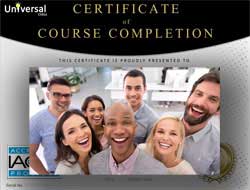
- Document Your Lifelong Learning Achievements
- Earn an Official Certificate Documenting Course Hours and CEUs
- Verify Your Certificate with a Unique Serial Number Online
- View and Share Your Certificate Online or Download/Print as PDF
- Display Your Certificate on Your Resume and Promote Your Achievements Using Social Media
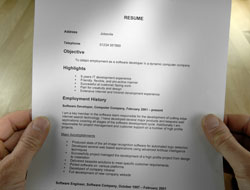
Course Title:
Developing Technical Writing Skills
Course Number:
57701066
Languages:
English - United States, Canada and other English speaking countries
Availability:
This course is offered online and is accessible in every state across the U.S., including California, Texas, Florida, New York, Pennsylvania, Illinois, Ohio, and Georgia. Learners in English-speaking countries like Canada, Australia, the United Kingdom, and South Africa can also enroll.
Last Updated:
January 2025
CEU Value:
0.3 CEUs (Continuing Education Units)
Grading Policy:
Earn a final grade of 70% or higher for successful completion.
Course Type:
Curriculum-Based, Online Class
Instructional Method:
Self-Paced, Asynchronous
Assessment Method:
End of lesson review exams and course final exam
Related Courses
-
 3 hours
0.3 CEUs
Innovative Solutions for Business Growth
+ More Info
3 hours
0.3 CEUs
Innovative Solutions for Business Growth
+ More Info
-
 3 hours
0.3 CEUs
Functional Behavior Assessments: Conducting and Analyzing
+ More Info
3 hours
0.3 CEUs
Functional Behavior Assessments: Conducting and Analyzing
+ More Info
-
 5 hours
0.5 CEUs
Critical Thinking and Problem Solving
+ More Info
5 hours
0.5 CEUs
Critical Thinking and Problem Solving
+ More Info
-
 7 hours
0.7 CEUs
Civic Education and Engagement
+ More Info
7 hours
0.7 CEUs
Civic Education and Engagement
+ More Info
-
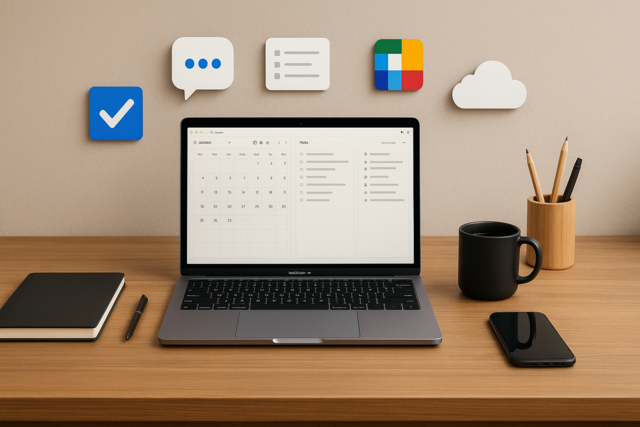 6 hours
0.6 CEUs
Productivity Tools for Modern Professionals
+ More Info
6 hours
0.6 CEUs
Productivity Tools for Modern Professionals
+ More Info
-
 5 hours
0.5 CEUs
Building Emotional Safety Nets: A Guide for Couples
+ More Info
5 hours
0.5 CEUs
Building Emotional Safety Nets: A Guide for Couples
+ More Info
-
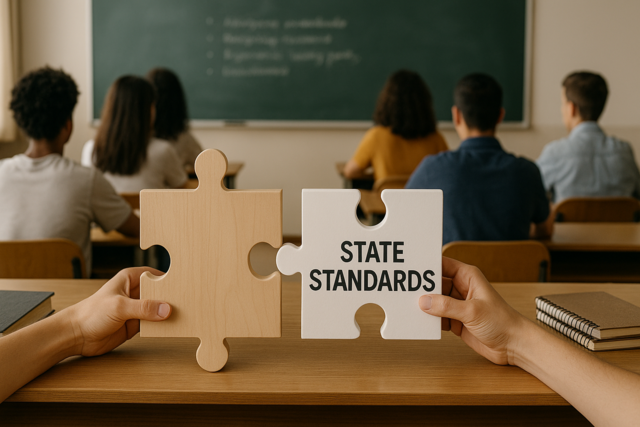 7 hours
0.7 CEUs
Aligning Curriculum with State Standards
+ More Info
7 hours
0.7 CEUs
Aligning Curriculum with State Standards
+ More Info
-
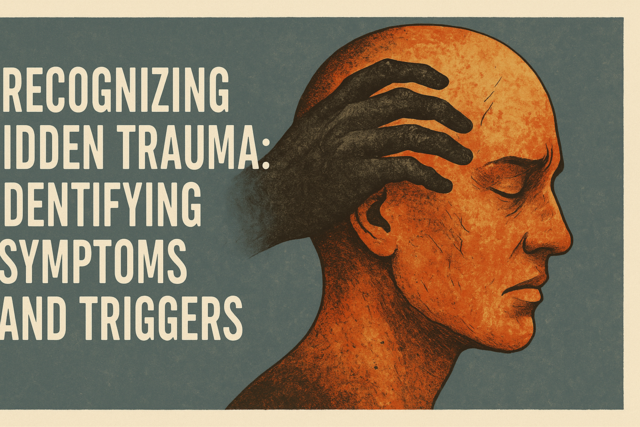 4 hours
0.4 CEUs
Recognizing Hidden Trauma: Identifying Symptoms and Triggers
+ More Info
4 hours
0.4 CEUs
Recognizing Hidden Trauma: Identifying Symptoms and Triggers
+ More Info
-
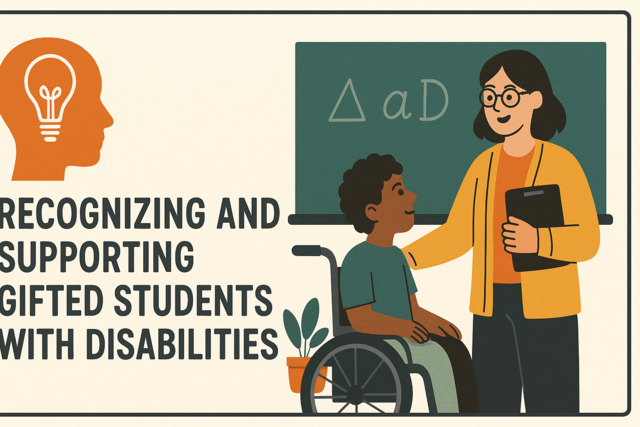 5 hours
0.5 CEUs
Recognizing and Supporting Gifted Students with Disabilities
+ More Info
5 hours
0.5 CEUs
Recognizing and Supporting Gifted Students with Disabilities
+ More Info
-
 6 hours
0.6 CEUs
Assistive Communication Devices: Maximizing Potential
+ More Info
6 hours
0.6 CEUs
Assistive Communication Devices: Maximizing Potential
+ More Info
-
 4 hours
0.4 CEUs
Career Development and Planning
+ More Info
4 hours
0.4 CEUs
Career Development and Planning
+ More Info
-
 7 hours
0.7 CEUs
Conflict Resolution and Negotiation Tactics
+ More Info
7 hours
0.7 CEUs
Conflict Resolution and Negotiation Tactics
+ More Info
-
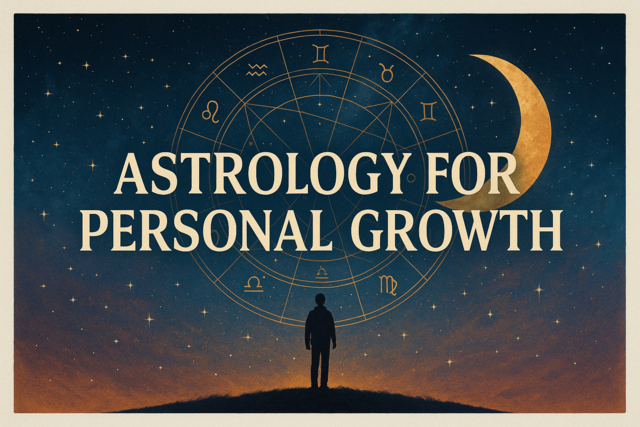 4 hours
0.4 CEUs
Astrology for Personal Growth
+ More Info
4 hours
0.4 CEUs
Astrology for Personal Growth
+ More Info
-
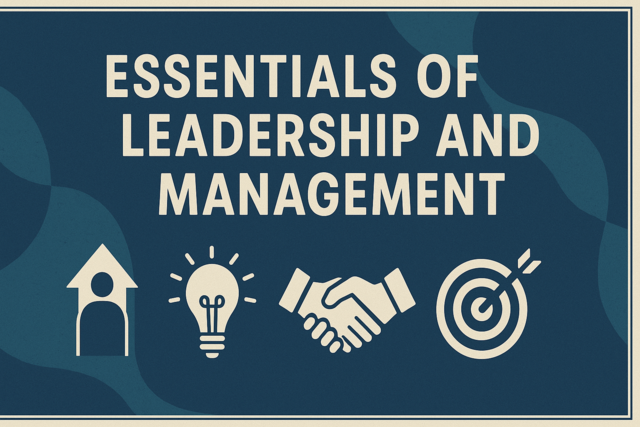 4 hours
0.4 CEUs
Essentials of Leadership and Management
+ More Info
4 hours
0.4 CEUs
Essentials of Leadership and Management
+ More Info
-
 3 hours
0.3 CEUs
Essentials of Contract Negotiation
+ More Info
3 hours
0.3 CEUs
Essentials of Contract Negotiation
+ More Info
-
 4 hours
0.4 CEUs
Implementing Project-Based Learning
+ More Info
4 hours
0.4 CEUs
Implementing Project-Based Learning
+ More Info
-
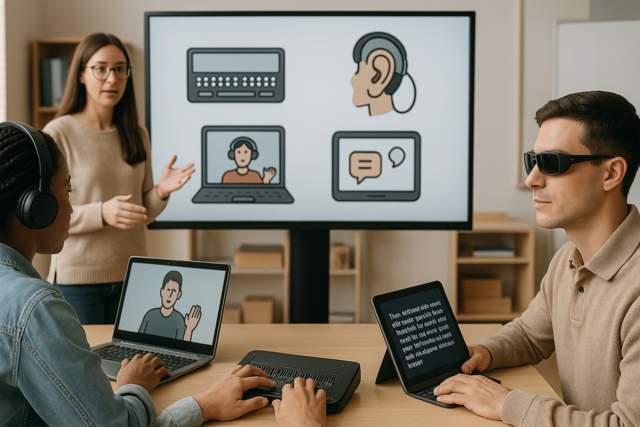 7 hours
0.7 CEUs
Assistive Technology for Vision and Hearing Impairments
+ More Info
7 hours
0.7 CEUs
Assistive Technology for Vision and Hearing Impairments
+ More Info
-
 4 hours
0.4 CEUs
Leading with Emotional Intelligence
+ More Info
4 hours
0.4 CEUs
Leading with Emotional Intelligence
+ More Info
-
 3 hours
0.3 CEUs
From Conflict to Connection: Transformational Relationship Tactics
+ More Info
3 hours
0.3 CEUs
From Conflict to Connection: Transformational Relationship Tactics
+ More Info
-
 5 hours
0.5 CEUs
Personal Hygiene and Grooming Essentials
+ More Info
5 hours
0.5 CEUs
Personal Hygiene and Grooming Essentials
+ More Info
-
 6 hours
0.6 CEUs
Navigating Modern Love: Strategies for a Digital World
+ More Info
6 hours
0.6 CEUs
Navigating Modern Love: Strategies for a Digital World
+ More Info
-
 5 hours
0.5 CEUs
Time Travel Mysteries and Paradoxes
+ More Info
5 hours
0.5 CEUs
Time Travel Mysteries and Paradoxes
+ More Info
-
 7 hours
0.7 CEUs
Global Glam: International Perspectives on Modern Fashion
+ More Info
7 hours
0.7 CEUs
Global Glam: International Perspectives on Modern Fashion
+ More Info
-
 6 hours
0.6 CEUs
The Influence of Social Media on Relationship Health
+ More Info
6 hours
0.6 CEUs
The Influence of Social Media on Relationship Health
+ More Info
-
 4 hours
0.4 CEUs
Preparing for a Career Change
+ More Info
4 hours
0.4 CEUs
Preparing for a Career Change
+ More Info
-
 7 hours
0.7 CEUs
Promoting Independence and Life Skills
+ More Info
7 hours
0.7 CEUs
Promoting Independence and Life Skills
+ More Info
-
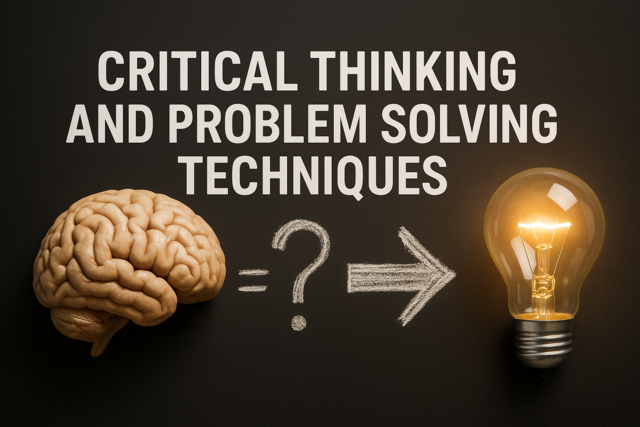 4 hours
0.4 CEUs
Critical Thinking and Problem Solving Techniques
+ More Info
4 hours
0.4 CEUs
Critical Thinking and Problem Solving Techniques
+ More Info
-
 3 hours
0.3 CEUs
Positive Reinforcement Techniques for Special Educators
+ More Info
3 hours
0.3 CEUs
Positive Reinforcement Techniques for Special Educators
+ More Info
-
 6 hours
0.6 CEUs
Digital Literacy and Security
+ More Info
6 hours
0.6 CEUs
Digital Literacy and Security
+ More Info
-
 6 hours
0.6 CEUs
Mysterious Forces in the Cosmos
+ More Info
6 hours
0.6 CEUs
Mysterious Forces in the Cosmos
+ More Info
-
 4 hours
0.4 CEUs
Basic Household Maintenance Skills
+ More Info
4 hours
0.4 CEUs
Basic Household Maintenance Skills
+ More Info
-
 6 hours
0.6 CEUs
Professional Learning Communities Development
+ More Info
6 hours
0.6 CEUs
Professional Learning Communities Development
+ More Info
-
 5 hours
0.5 CEUs
Iconic Inspirations: Modern Fashion's Heritage and Future
+ More Info
5 hours
0.5 CEUs
Iconic Inspirations: Modern Fashion's Heritage and Future
+ More Info
-
 7 hours
0.7 CEUs
Spiritual Awakening and Self-Discovery
+ More Info
7 hours
0.7 CEUs
Spiritual Awakening and Self-Discovery
+ More Info
-
 4 hours
0.4 CEUs
Supporting Students with ADHD: Engagement and Focus Strategies
+ More Info
4 hours
0.4 CEUs
Supporting Students with ADHD: Engagement and Focus Strategies
+ More Info
-
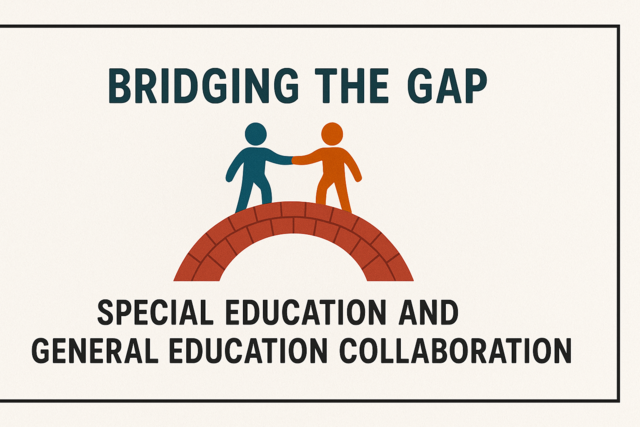 4 hours
0.4 CEUs
Bridging the Gap: Special Education and General Education Collaboration
+ More Info
4 hours
0.4 CEUs
Bridging the Gap: Special Education and General Education Collaboration
+ More Info
-
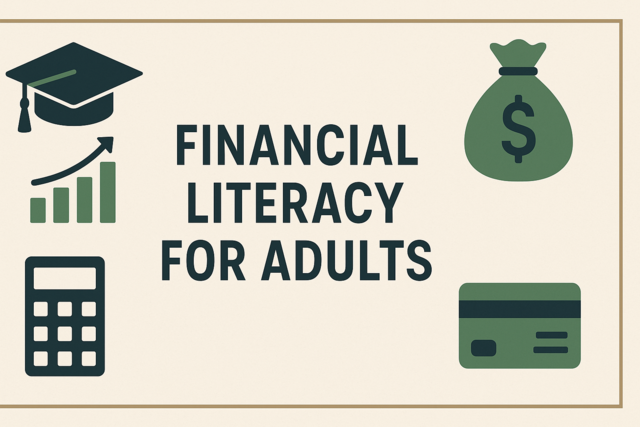 3 hours
0.3 CEUs
Financial Literacy for Adults
+ More Info
3 hours
0.3 CEUs
Financial Literacy for Adults
+ More Info
-
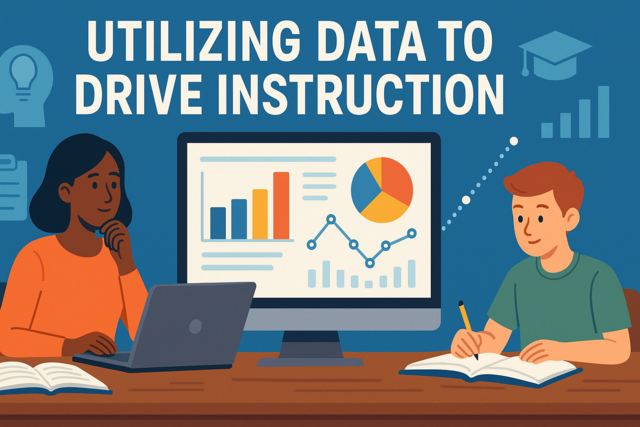 5 hours
0.5 CEUs
Utilizing Data to Drive Instruction
+ More Info
5 hours
0.5 CEUs
Utilizing Data to Drive Instruction
+ More Info
-
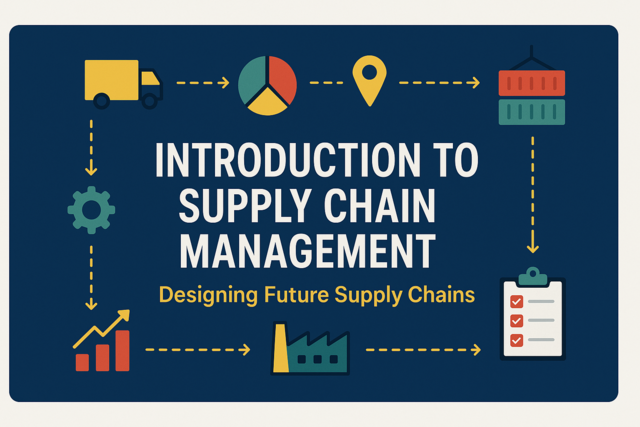 4 hours
0.4 CEUs
Introduction to Supply Chain Management
+ More Info
4 hours
0.4 CEUs
Introduction to Supply Chain Management
+ More Info
-
 7 hours
0.7 CEUs
Stress Less: Mindful Techniques for Family Harmony
+ More Info
7 hours
0.7 CEUs
Stress Less: Mindful Techniques for Family Harmony
+ More Info




